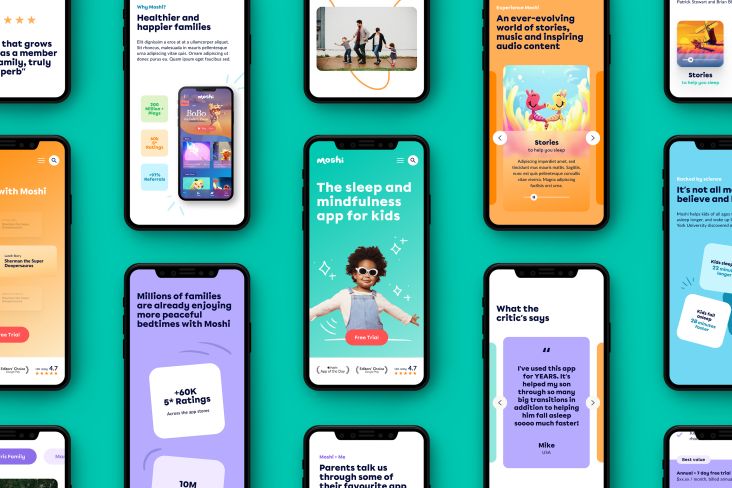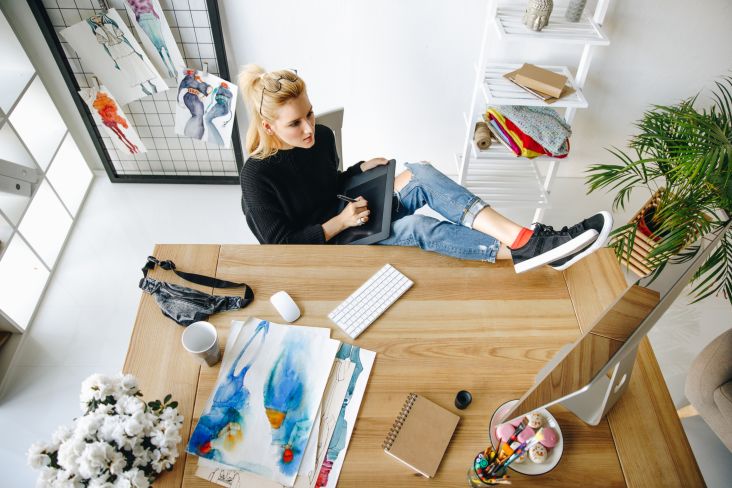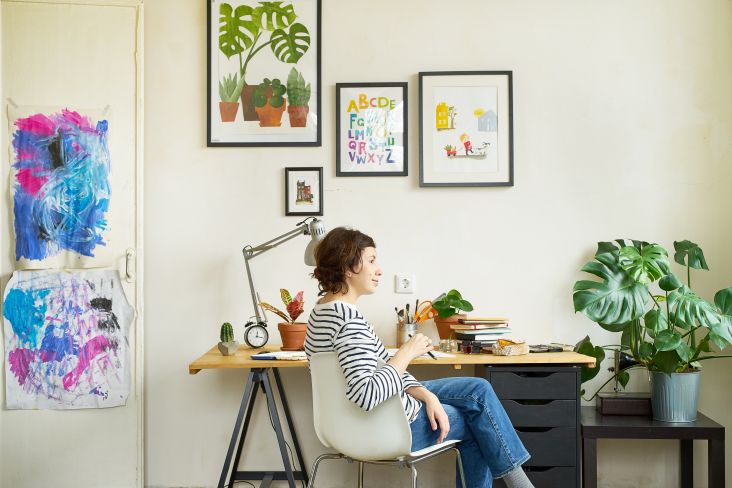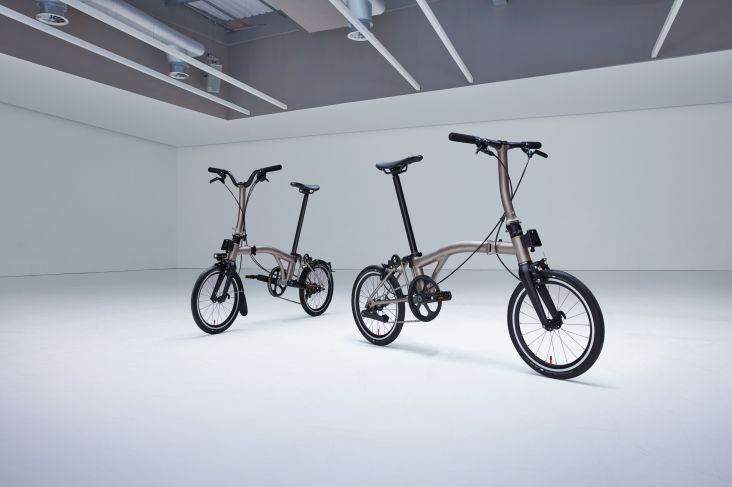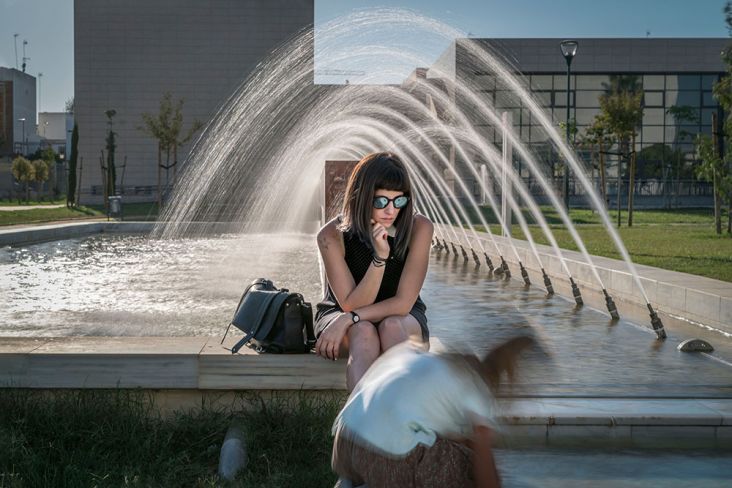50 questions to ask clients when designing a logo
Designing a logo isn't a case of just dashing off a quick sketch and hoping the client likes it. A professional logo designer will first get to know the company, its strategies, ambitions and goals.

Image licensed via Adobe Stock
Crucially, the best designers will take a proactive, rather than reactive, approach to this task. Just asking for a brief isn't enough. You need to employ all your skills and experience to uncover what lies beneath the company or brand.
To help you out, we've put together a handy list of questions to answer your client. Run through all of these, and you'll soon have a much better idea of what they're all about… and often, they will too! It will give you the crucial knowledge and understanding you need to bring their vision to life in a living, breathing design that will be scalable, adaptable, and future-proof.
Section 1: Questions about the company
First things first. You need to gather basic information about the business, such as when it started and why, how many employees it has, who its competitors are, etc. While some of this may be available online, it's always preferable to gather these details from the horse's mouth.
That's partly because information on the internet is often unreliable, so this way you can be sure of getting accurate answers. But also because the interpretation of even the simplest queries can be controversial, and this in itself be very revealing.
For example, even the founding date of a company can be a source of debate, especially if the organisation had multiple names and guises in the past or emerged due to multiple mergers. In such a case, what's ultimately deemed the "correct" answer isn't actually the important thing. It's getting your clients to open up and talk about the business in a way that doesn't sound like dry marketing speak but is grounded in real-world honesty and emotional attachment.
1. What is your company/organisation/product/service name?
2. Can you describe your business?
3. What services or products do you provide?
4. How big is your company? (number of employees? revenue?)
5. How long has your company been established?
6. Why was your company started in the first place, and what was the motivation?
7. Who are your main competitors?
8. How do your competitors market themselves?
9. What sets your company apart from the competition?
10. What are the strengths of your company?
11. What are your weaknesses?
12. What are the long-term goals of the company? Where do you see your company in five years? Ten years? 30 years?
13. If you had to describe your business in one word, what would it be and why?
14. What are your company's values and/or mission statement?
Section 2: Questions about the branding
In most cases, a logo design will actually be a logo redesign or a more minimal logo refresh. You won't be starting from scratch but building on and evolving the existing logo design, or at least taking a couple of cues from it. So it's important to ask a lot of questions about how the client feels about the current logo, as well as the wider visual identity and brand purpose as a whole. In fact, even if you're ripping everything up and starting again, you need to ask these questions lest you end up repeating things about the old branding they didn't like!
15. What is the current logo?
16. Do you have a strapline or slogan that goes along with your logo?
17. Why are you looking to change the logo?
18. What words describe how you feel when looking at your current logo and branding?
19. What do you like and dislike about the current logo?
20. What do you want the new logo to accomplish?
21. What three attributes would you like your target audience to think of when looking at your new branding?
22. Which of these words is a better fit for your brand? Traditional or modern?
23. Which of these words is a better fit for your brand? Friendly or corporate?
24. Which of these words is a better fit for your brand? High end or cost-effective?
25. Which of these words is a better fit for your brand? Consumer or Trade? Why does your current branding use those colours, fonts, etc.?
Section 3: Questions about the target audience
When designing a logo, you need to know who you're designing it for. And that's not necessarily the existing audience if the company wants to move away from that audience and target a different bunch of people. Indeed, a logo change is typically part of a wider strategy to move the appeal of a brand, for instance, from a middle-aged to a younger demographic. Only your client knows where they want to go with the brand, so it's vital to ask a comprehensive series of questions like the ones below.
26. Who is the primary target audience?
27. What is the target audience's age group?
28. Are they mainly male or female?
29. Where do most of your audience live?
30. What is the average household income of your target audience?
31. How do most of your customers find out about your company?
32. How do you plan to communicate with your target audience?
33. If your customers had to describe your company in one word, what would it be and why?
34. Are there any new markets you'd like to break into? If so, what would they be and why?
Only your client knows where they want to go with the brand, so it's vital to ask a comprehensive series of questions.
Section 4: Design preferences
You'll notice that, so far, we haven't really talked about what the client wants the new logo to look like. And that's not accidental. Because until you understand the broader purpose of the logo design, diving into specifics like preferred colours will only get everybody off-track and muddy the waters.
However, let's assume that you now have a thorough understanding of the company, what it stands for, and what it's trying to achieve. It's time to start talking about the design itself. At the same time, though, you still need to keep discussions grounded in the overall business purpose of the logo. It shouldn't be about people's personal preferences ("I really like this shade of green"), but how, for example, a specific colour palette can help the logo achieve its business purpose. These questions can help you steer the discussion in that particular direction.
35. What colours or colour palettes does the company typically use, and why?
36. Where will the logo be mainly used? Print, web, etc.?
37. Are there any elements from the existing logo you'd like to keep, and why?
38. Are there any restrictions to consider when designing the new logo?
39. Is there anything that must be included, like existing brand elements, words or icons?
40. Looking at your rivals' branding, what logos do you think work, and why?
41. Are there any logos you don't think work, and why?
42. In your opinion, what defines a successful logo?
Budget, timescales & management
In meetings with clients, you can brainstorm all the ideas in the world for creating a great new logo. But in practice, making them actually happen takes a lot of organisation, planning and preparation. So as well as all that "blue-sky thinking", it's good to ground your discussions early on by asking the following questions.
43. Do you have a budget in mind for the new logo?
44. Do you have a deadline that needs to be considered?
45. Who will be the internal decision-makers on this project? Giving feedback and approvals? (Stress to the client that the fewer decision-makers, the better!)
46. Will there be anyone else involved in this project? Any third party sub-contractors or other agencies/freelancers?
47. How frequently would you like to meet? Weekly? Monthly?
48. How many revisions or concepts would you like to see? (consider how many you can offer – this varies from designer to designer)
49. What form would you like the final work to take? What materials would you like to see due to this new logo? Would you like a 'brand guidelines' pack for future reference?
50. Is there anything else you'd like to add that we haven't already covered?
Conclusion
Getting solid and thought-out answers to all these questions will help propel you on your way to a successful logo design project for two reasons. Firstly the information you gather will be invaluable in helping you nail the brief. And secondly, the very act of answering them will help get your clients in the right frame of mind for co-operating on the project.
Most importantly, if they're inexperienced in working with designers, it will help them understand that what they're paying for is not just a quick design in Photoshop but a thorough and comprehensive process of evaluating the company and its brand and developing new designs that are well-thought through and fit for purpose.
Of course, that doesn't always mean everything will go smoothly. Clients can change their minds along the way, and business strategies can change in an instant due to external factors (just look at the pandemic for an obvious example of that). So you need to be prepared for the project spec to change and have a robust contract that specifies what happens if extra work is needed. The sooner you get that in place, the sooner you'll be able to relax and enjoy a logo design project that's fruitful, productive and, dare we say, hopefully, a lot of fun.




 by Tüpokompanii](https://www.creativeboom.com/upload/articles/58/58684538770fb5b428dc1882f7a732f153500153_732.jpg)


 using <a href="https://www.ohnotype.co/fonts/obviously" target="_blank">Obviously</a> by Oh No Type Co., Art Director, Brand & Creative—Spotify](https://www.creativeboom.com/upload/articles/6e/6ed31eddc26fa563f213fc76d6993dab9231ffe4_732.jpg)








